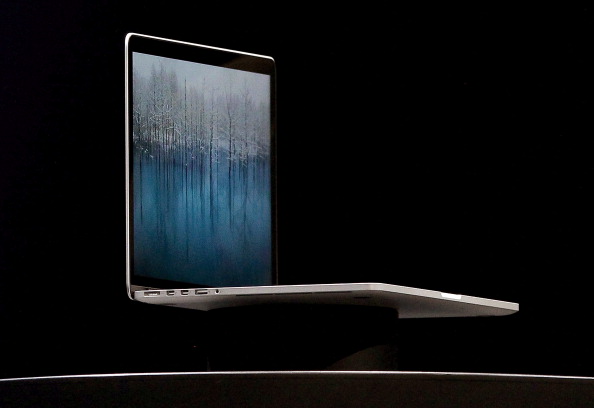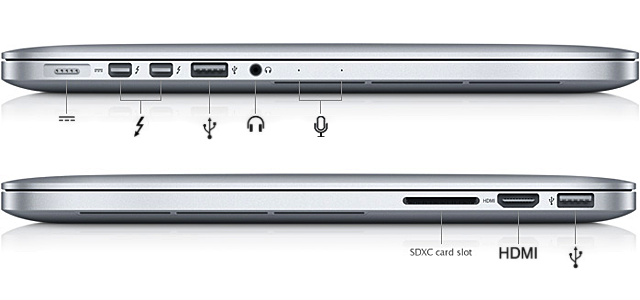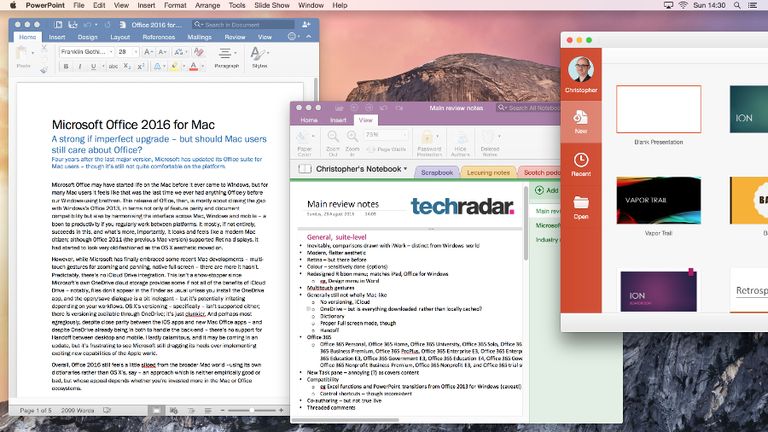Aug 05, 2020.
- Jun 11, 2017.
- Explore the world of Mac. Check out MacBook Pro, iMac Pro, MacBook Air, iMac and more. Visit the Apple site to learn, buy and get support.
- Dec 14, 2016.
- Aug 12, 2020.
Shopping for a MacBook used to be really simple. Want the thin one? Get an Air. Doing a lot of work? Get the Pro.
But Apple has made things tricky since the good ol' days. To buy a MacBook at the tail end of 2016 is to accept some significant compromise. While the computers may 'just work,' comparison-shopping between the three core models is unbelievably frustrating, a process that's littered with aesthetic and functional tradeoffs that simply shouldn't be.
SEE ALSO: Shots fired: Microsoft calls the new MacBook Pro a 'disappointment'
Here's what prospective MacBook buyers are faced with today on the base level, before internal upgrades are added in: The $999 MacBook Air, which is thin; the $1,299 MacBook, which is small in a different way; and the new $1,499 MacBook Pro, which is heftier but considerably more powerful.

You might think the tradeoff is ultimately between the regular MacBook and the Pro — the Air is thin, but as the cheapest offering, it's no doubt less powerful than the others, right? Well, not quite.
The $999 Air is actually a better machine than the $1,299 MacBook in a couple important ways. The screen is a bit bigger, the processor is more powerful, the graphics card is better, its front-facing camera is considerably nicer, the battery lasts longer and it's loaded with ports that the MacBook is missing. You can see all of this for yourself in Apple's own detailed comparison page.
OK, so you figure you'll discount the $1,299 MacBook. But that doesn't totally make sense either, as it has its own charms. Its screen, while smaller, actually has higher resolution than the Air's, so everything will look a lot better. It's nearly a pound lighter, even though it's technically thicker than the Air at each laptop's respective thinnest point (0.14 inch versus 0.11 inch). And it's got a new keyboard design with a Force Touch trackpad, meaning some users may find it more pleasant to use. It also comes in a few nice colors, as opposed to the Air's singular light gray.
The mind boggles
Then there's the Pro. It has basically all of the upsides of the $1,299 MacBook, minus a couple of colors, and it's more powerful than the $999 Air. (Unless you're taking power literally, as it apparently has worse battery life.) It'd be the obvious one to buy, except with a starting price of $1,499 it's considerably more expensive, not to mention slightly heavier and thicker all around. And it, like the $1,299 MacBook, lacks some ports you might need, which means you'll have to spend money on annoying dongles.

For the sake of your sanity, we'd recommend ignoring that Apple still sells a technically outdated version of its MacBook Pro that's actually more powerful in some respects than the new $1,499 model — and it costs 'only' $1,299. The mind boggles.

OK, but who cares?✨
Maybe you're not in the market for a new laptop. Still, there's no denying it: Apple matters. It's topped the Fortune 500 for two consecutive years, with over $53 billion in profits in 2015 alone. The company's products are incredibly influential — one could argue the original MacBook Air helped launch ultra-thin laptops as a product category, and the iPhone's impact on the global smartphone market goes without saying. That influence is a big deal when we're discussing difficult-to-recycle, pricey electronics that should last years.
There's nothing frivolous about a MacBook
Put another way, there's nothing frivolous about a MacBook. They're expensive enough that Apple offers special financing to customers — for many, the decision to purchase one is a significant life event. And quite a few of these computers will sit uselessly on this earth for a long time once they're discarded, so however Apple encourages people to buy new ones is relevant to the health of this planet.
Perhaps you're not a gadget person. Maybe you wouldn't dream of buying an Apple computer because you need Windows for work or just prefer it. Either way, Apple molds consumer technology — an industry that impacts many others — to a greater extent than most others, and it is worth paying attention to for that reason.
Get ready to rip your hair out
So, let's recap the options — keeping in mind, again, that we're talking about the baseline offerings for these computers and that each is upgradeable in various ways.
There's the thin and powerful $999 MacBook Air, the small-and-weak-but-beautiful $1,299 MacBook and the sorta-beefy $1,499 Pro. (And because our heads are still spinning from this, the bulkier, stronger $1,299 Pro.) The compromises are clear: Paying less doesn't always mean a weaker machine, but it might mean a lower quality screen and a slightly bigger thing to lug around.

For what it's worth, the options are weird for a pretty simple reason: money.
'With the new 12-inch MacBook and 13-inch MacBook Pro in the lineup, the Macbook Air has lost its place in terms of portability,' Neil Cybart, the Apple analyst behind Above Avalon, told Mashable via email. 'The only reason the [MacBook Air] remains in the lineup is to allow Apple to sell a sub-$1,000 MacBook.'
Apple hasn't always made these choices easy in the past — but this may be the murkiest they've ever been. Take a look at the company's MacBook offerings seven years ago, courtesy of the Wayback Machine:
Like today, there were quite a few options: A 'normal' MacBook, an Air and a couple of different Pro models. Unlike today, there were stark differences between each.
Apple's current MacBooks are a jumbled mess of temptations
You could get a $999 MacBook — the cheapest option — but you'd be accepting bulk, a polycarbonate body that felt inexpensive and a keyboard that wasn't backlit. Spend a bit more for the $1,199 Pro and you'd get a nicer aluminum computer, a backlit keyboard and additional ports. As very thin computers were a rarity at the time, perhaps you'd comfortably spend $1,499 for the Air — and know exactly why you did.
SEE ALSO: Apple's MacBook Pro launch was lame — get used to it
Now, perhaps because Apple has proven there's a market for them, sleek, metallic, thin laptops are commonplace. You don't have to pay much more for fancy accoutrements like a backlit keyboard. Once you're spending around $1,000 for a computer, you're going to get a decent amount of power by default. Any innovations may tend toward the gimmicky end of things, like the 'Touch Bar' on the most expensive iterations of the new MacBook Pro. (You can play a little piano on it.)
'Going forward, much of the intrigue found with the MacBook revolves around Apple taking elements of iOS and bringing it to the Mac,' Cybart explained to Mashable. 'While that includes Touch ID, Touch Bar, and a custom T1 chip today, Apple may one day introduce a MacBook running a version of iOS. In that scenario, there could once again be a need for three different MacBook models as the iOS-powered Mac would serve as inspiration for the rest of the lineup.'
Which Mac To Buy 2016 Toyota
So Apple's current MacBooks are a jumbled mess of temptations — you can get ultra-thinness or a high-res screen or fun colors or useful ports but never all at once — no doubt because there's still money to be found in options, even if those options are flawed. If you're thinking of the $1,299 MacBook, maybe you just bite the bullet and buy the $1,499 Pro.
On the upside, all of these computers are good. You're unlikely to have buyer's remorse.

Which Mac To Buy 2020
But as we've argued before, the days of the eye-popping MacBook launch are behind us. They've faded into a blur of arbitrary upgrades, downgrades and lateral moves.
BONUS: Watch what happens when an iPhone 7 is drowned in toothpaste
